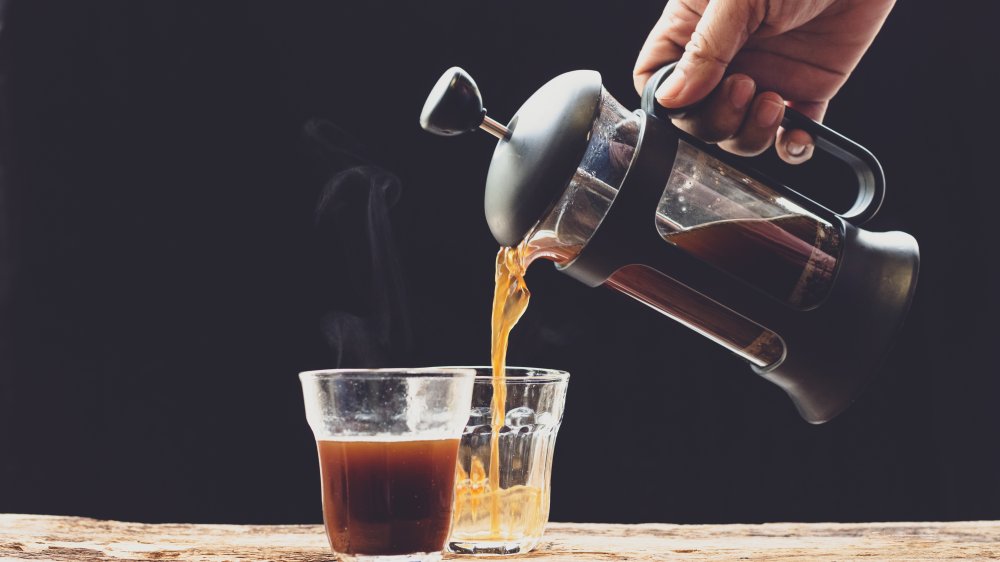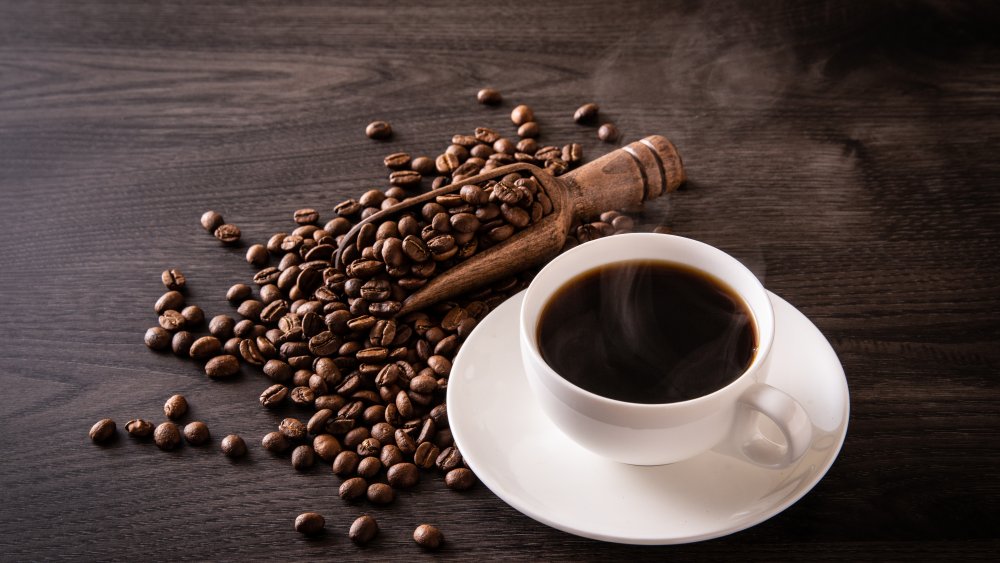The Reason So Many Coffee Manufacturers Are Being Sued
On October 28th, the South Florida Sun Sentinel reported a massive uptick in class action lawsuits against large coffee brands. The manufacturers facing the slew of lawsuits in particular are Kroger, Walmart, Folgers, and Kraft Heinz. Each brand faces the same accusation: the amount of cups of coffee produced by each product is less than what is advertised on said product's packaging. In the lawsuit that initially drew the outlet's attention (the one against Kraft Heinz's Maxwell House), the complaint is that one 26.8-ounce container of Maxwell House's Master Blend coffee claims to yield 180 to 210 servings — provided consumers use the recommended one tablespoon per 6-ounce cup. However, the suit alleges this product fails to even render the minimum amount advertised. So feeling "deprived of the benefit of the bargain she reasonably anticipated from the product's labeling and advertising" the customer decided to sue. The rest of the lawsuits follow a similar pattern.
The source of this discontent seems to stem from a 2019 article by Truth in Advertising, a nonprofit that actively works against false advertising. The article in question concerned Folgers, pointing out that while the brand's 30.5-ounce container boasts a capacity of 240 6-ounce cups of coffee, it only contains enough to make 175. The nonprofit arrived at this conclusion by following the one tablespoon per 6-ounce cup recipe given by Folgers on the product packaging. So, the lawsuits crawling out into the light this year may very well have been spawned from this observation.
Six fluid ounces
Both the South Florida Sun Sentinel and Truth in Advertising briefly pause to ask who actually consumes a 6-ounce cup of coffee. Truth in Advertising goes further, stating that both Starbucks' tall coffee (the chain's smallest offering) and Dunkin's small coffee contain larger servings than Folger's recommended one. What's more striking is that, in American measurements, 6 fluid ounces does not convert to one cup; as nicely diagramed by The Spruce Eats, a cup consists of 8 fluid ounces. HuffPost explains how convoluted the size differences between the cup from which we drink, the cup with which we measure, and the cup coffee machines use all are — it's a headache all around.
As confusing as the various cup sizes are, they do not procure a charitable interpretation for the companies facing lawsuits, as Folgers explicitly states that each tablespoon should be matched with 6 fluid ounces, not a cup. That said, these companies could argue that the instructions they give are for the "best brewing results", not necessarily the most cost effective cup of joe.

